Gem Profile- Cryptocrystalline Quartz Introduction
As you have become aware in recent months, there are many, many kinds of quartz dug from the earth's surface! However, it wasn't until the 1800s that the many kinds were recognized as all having the same substance, SiO2, making them all quartz. This was discovered by the Swedish chemists Bergmann and J. J. Berzelius.
The old system of categorizing quartzes broke quartz into 3 types: Macrocrystalline quartz, which develops as visible crystals (as we've discussed: examples are citrine, amethyst, and smoky quartz). Microcrystalline quartzes (agates) are made of tiny crystal grains that can be seen with a microscope. Cryptocrystalline quartz crystals (carnelian, chrysocolla) are so densely packed that they can't even be seen with a microscope! We've used this system to discuss the quartzes in the gem profiles, and will continue to do so. However, in modern days, "quartz" typically refers to macrocrystalline quartz, while cryptocrystalline quartz is called chalcedony.
And yes - Jasper is often categorized under Chalcedony (kal-sedn-ee): Dale has discussed the jaspers in great detail in Gem Profiles starting here.
Agate Spheres I photographed from Granite Mountain Nature Gallery's booth at a gem show here in Ogden.
And yes - Jasper is often categorized under Chalcedony (kal-sedn-ee): Dale has discussed the jaspers in great detail in Gem Profiles starting here.
Agate Spheres I photographed from Granite Mountain Nature Gallery's booth at a gem show here in Ogden.

How are Macro- and Cryptocrystalline Quartz Different?
How is macrocrystalline quartz different from the crypto- and microcrystalline forms of quartz? First, let's look at the outside appearance. Macrocrystalline quartz like amethyst and rose quartz are generally transparent-translucent, whereas cryptocrystallines like agates are more often opaque. Agates and cryptocrystallines can be slightly softer than macrocrystallines, 6.5 on Moh's scale rather than a full 7. Cryptocrystallines have a duller, wax-like luster while microcrystallines have a shiny, vitreous luster. And Cryptocrystallines have a higher water content as well as other non-quartz ingredients, up to 20% more.
Because the cryptocrystalline quartzes can include several non-quartz minerals, many of these quartzes are considered "rocks," rather than macrocrystalline amethyst, citrine, tigereye, and smoky quartz, which are more likely called "gems" or "stones" due to their purity.
Besides how they appear finished, the difference lies in how the quartz is formed. Generally speaking, in macrocrystalline quartzes like amethyst and phantom quartz, the quartz forms by adding molecules to the surface of the crystal, one layer at a time, jutting out into the surrounding environment. However, cryptocrystalline quartz emerges from a silica and water solution, usually formed precisely to its mold.
Silver Leaf Agate cabochons and a Tree Agate cabochon.
How is macrocrystalline quartz different from the crypto- and microcrystalline forms of quartz? First, let's look at the outside appearance. Macrocrystalline quartz like amethyst and rose quartz are generally transparent-translucent, whereas cryptocrystallines like agates are more often opaque. Agates and cryptocrystallines can be slightly softer than macrocrystallines, 6.5 on Moh's scale rather than a full 7. Cryptocrystallines have a duller, wax-like luster while microcrystallines have a shiny, vitreous luster. And Cryptocrystallines have a higher water content as well as other non-quartz ingredients, up to 20% more.
Because the cryptocrystalline quartzes can include several non-quartz minerals, many of these quartzes are considered "rocks," rather than macrocrystalline amethyst, citrine, tigereye, and smoky quartz, which are more likely called "gems" or "stones" due to their purity.
Besides how they appear finished, the difference lies in how the quartz is formed. Generally speaking, in macrocrystalline quartzes like amethyst and phantom quartz, the quartz forms by adding molecules to the surface of the crystal, one layer at a time, jutting out into the surrounding environment. However, cryptocrystalline quartz emerges from a silica and water solution, usually formed precisely to its mold.
Silver Leaf Agate cabochons and a Tree Agate cabochon.

Types of Chalcedony (Cryptocrystalline)
Other types of chalcedony, besides agate, include, Carnelian, Chrysoprase, Onyx, Thundereggs, Petrified Wood, and some include Aventurine. Chalcedony is found all over the world, including in each of the 50 states. Chalcedony has been used since the Bronze Age, and was especially common along the Mediterranean: in jewelry, beads, and even wax seals - because hot wax would not stick to it. The name of chalcedony comes from the town Chalkedon, which is in present-day Istanbul, and was formerly an ancient Greek village. Idar-Oberstein, a German town, became renowned in the 19th century as a major chalcedony and agate processing center, preparing and dying the stones for carving and jewelry making. Many chalcedonies, especially agate, take dye very well, and some are heat-treated, such as carnelian, to deepen the coloration.
Other types of chalcedony, besides agate, include, Carnelian, Chrysoprase, Onyx, Thundereggs, Petrified Wood, and some include Aventurine. Chalcedony is found all over the world, including in each of the 50 states. Chalcedony has been used since the Bronze Age, and was especially common along the Mediterranean: in jewelry, beads, and even wax seals - because hot wax would not stick to it. The name of chalcedony comes from the town Chalkedon, which is in present-day Istanbul, and was formerly an ancient Greek village. Idar-Oberstein, a German town, became renowned in the 19th century as a major chalcedony and agate processing center, preparing and dying the stones for carving and jewelry making. Many chalcedonies, especially agate, take dye very well, and some are heat-treated, such as carnelian, to deepen the coloration.

Agate is a variety of quartz (classified as chalcedony) that's characterized by its fine banding and bright colors. Agates are typically about 90% quartz and 10% impurities and moganite, also SiO2 but in a different structure than quartz. Agates are associated with volcanic activity and can be found in metamorphic rocks. Agate's been used in making jewelry and carvings for millennia, having been discovered along the Achates River in Sicily over 3,000 years ago.
Agate often fills cracks or veins in volcanic rock, or cavities in cooled lava - it can even be found in dinosaur bones. Many agates do not fill completely, in which case druzy quartz crystals can form. In fact, sometimes amethyst crystals will form! There are dozens of varieties of agates, including fire agate, tree and moss agate, plume agate, and the agate geodes I mentioned.
Druzies fill this agate cabochon.
Agate often fills cracks or veins in volcanic rock, or cavities in cooled lava - it can even be found in dinosaur bones. Many agates do not fill completely, in which case druzy quartz crystals can form. In fact, sometimes amethyst crystals will form! There are dozens of varieties of agates, including fire agate, tree and moss agate, plume agate, and the agate geodes I mentioned.
Druzies fill this agate cabochon.

Resources
Wikipedia Quartz Microcrystalline
Wikipedia Chalcedony
Minerals.usgs.gov chalcedony
Wikipedia Quartz Microcrystalline
Wikipedia Chalcedony
Minerals.usgs.gov chalcedony
Materials

Cabochons shop by Gemstone

Beads shop by Gemstone

Druzy One of a Kind Cabochons

Designer One-of-a-Kind Cabochons

Limited Edition - Highend Cabochons
Tools

WireJewelry - Ultimate Wire-Pliers Jewelry Pliers with Case, Set of 5
G15-20
- G15-20
- Lesson Quantity: 1.00 pieces
- Purchase Quantity: 1.00 each
- Price: $170.72
- Gold Club Price: $128.04

Bench Tools
- Category: General Education
- Technique(s): General Education








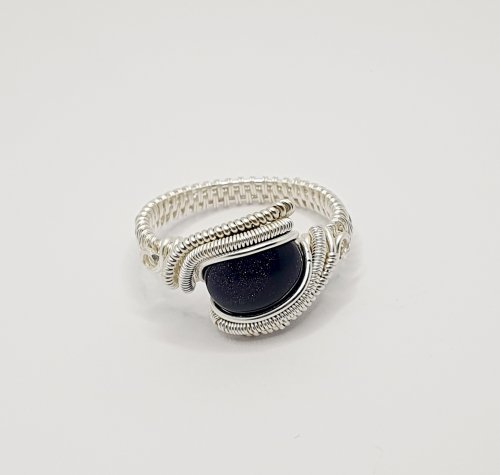
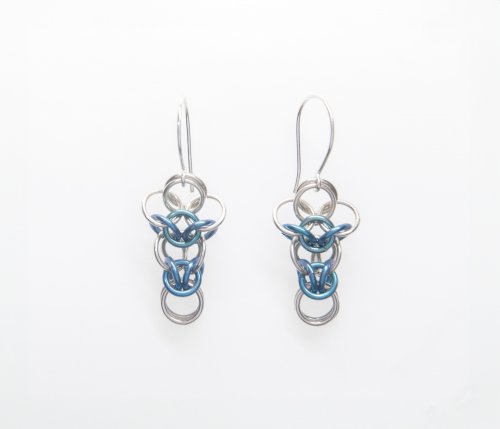
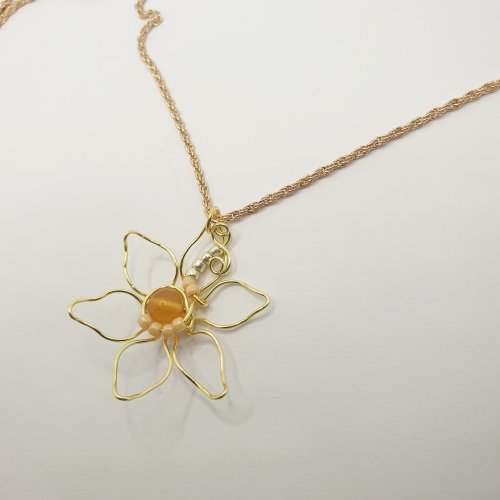

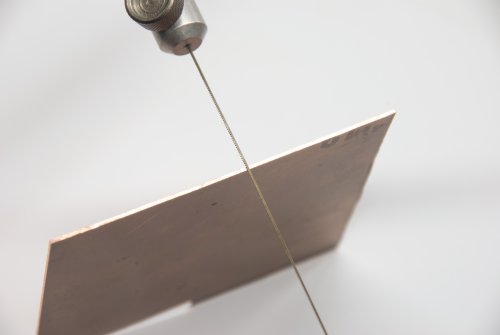
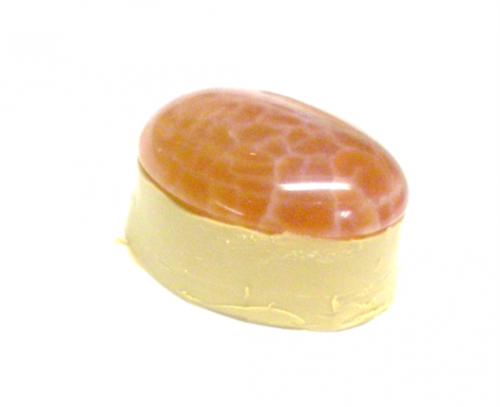
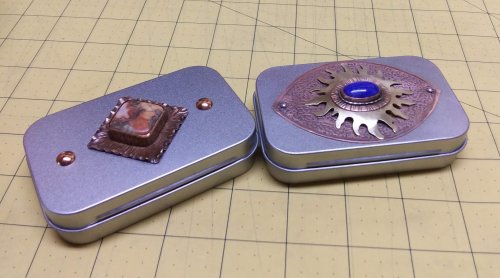
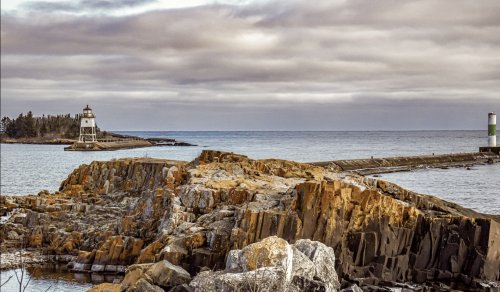

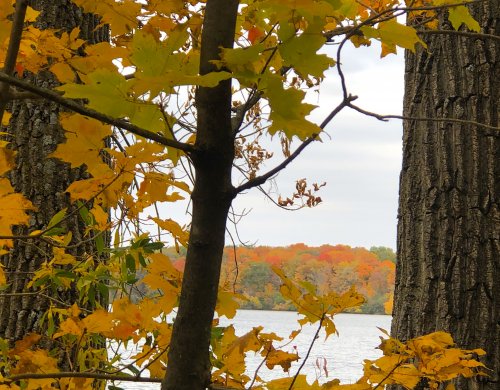

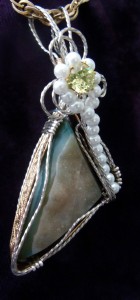

 About Jewelry Chain- About Ball Chain
About Jewelry Chain- About Ball Chain About Jewelry Chain- Snake Chain and Omega Chain
About Jewelry Chain- Snake Chain and Omega Chain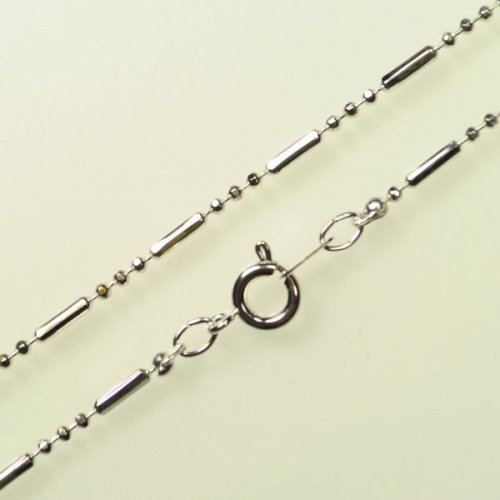 About Jewelry Chain- Bar Chain and Peanut Chain
About Jewelry Chain- Bar Chain and Peanut Chain About Jewelry Chain - Cable Chain and Rolo Chain
About Jewelry Chain - Cable Chain and Rolo Chain About Jewelry Chain- Curb Chain and Gourmette Chain
About Jewelry Chain- Curb Chain and Gourmette Chain About Jewelry Chain- Figaro Chain
About Jewelry Chain- Figaro Chain About Jewelry Chain- Infinity Chain and Anchor Chain
About Jewelry Chain- Infinity Chain and Anchor Chain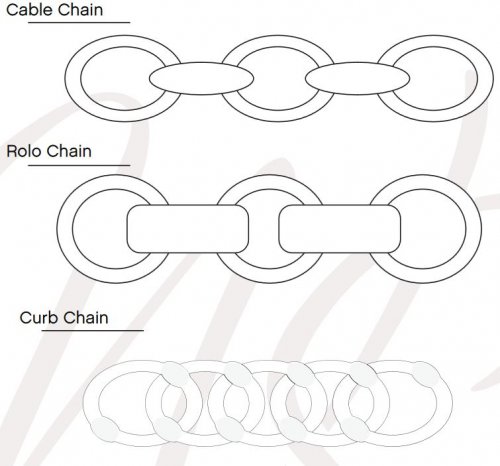 About Jewelry Chain- Chain Reference Sheet
About Jewelry Chain- Chain Reference Sheet About Jewelry Chain- Venetian Chain and Box Chain
About Jewelry Chain- Venetian Chain and Box Chain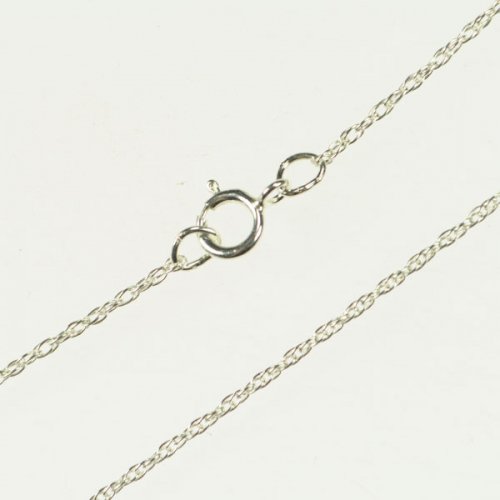 About Jewelry Chain- Wheat Chain and Rope Chain
About Jewelry Chain- Wheat Chain and Rope Chain Introduction to Chain
Introduction to Chain Access More Money by Making Jewelry When Your Prices Are Right
Access More Money by Making Jewelry When Your Prices Are Right An Introduction to Beads and Beading
An Introduction to Beads and Beading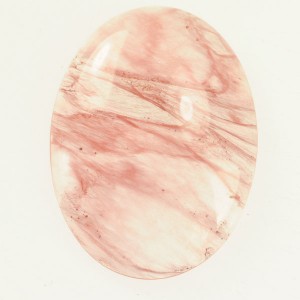 Common Gemstone Misconceptions
Common Gemstone Misconceptions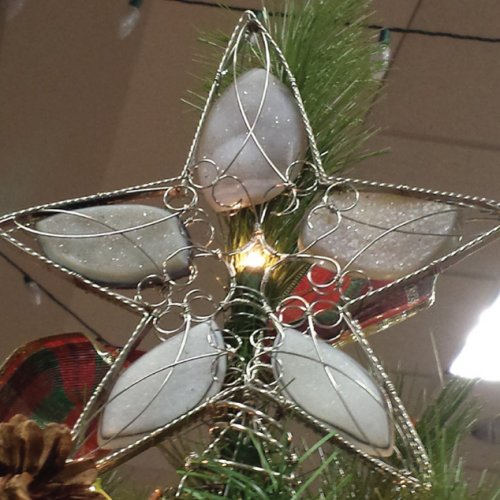 Wire Wrapped Christmas Tree
Wire Wrapped Christmas Tree How To Polish Metal Jewelry using a Rotary Tumbler
How To Polish Metal Jewelry using a Rotary Tumbler How To Polish Your Own Rocks using a Rotary Rock Tumbler
How To Polish Your Own Rocks using a Rotary Rock Tumbler How to Merchandise Your Jewelry on the Internet
How to Merchandise Your Jewelry on the Internet How to Use Twitter as a Wire Jewelry Artist
How to Use Twitter as a Wire Jewelry Artist 20 Ideas to get your Jewelry Biz Busy
20 Ideas to get your Jewelry Biz Busy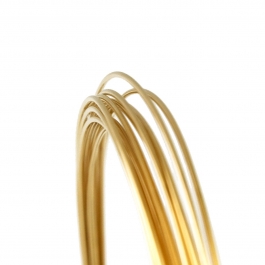 Watching the Precious Metals Market
Watching the Precious Metals Market Jewelry Design Ideas - Get Inspired
Jewelry Design Ideas - Get Inspired Measuring Tools
Measuring Tools July Birthstone - The Ruby
July Birthstone - The Ruby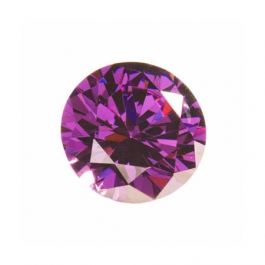 February Birthstone- Amethyst
February Birthstone- Amethyst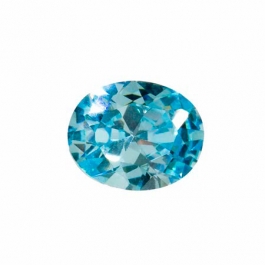 March Birthstone - Aquamarine and Bloodstone
March Birthstone - Aquamarine and Bloodstone September Birthstone - Sapphire
September Birthstone - Sapphire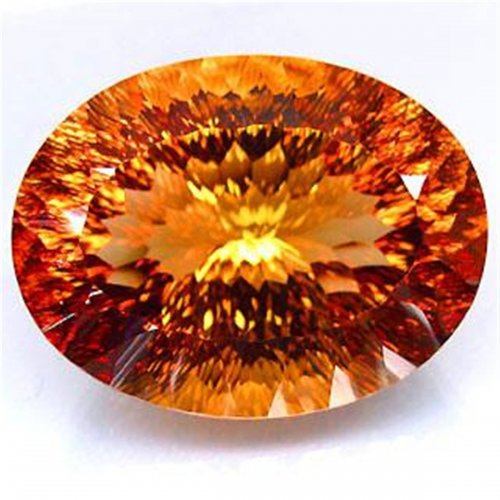 November Birthstones - Topaz and Citrine
November Birthstones - Topaz and Citrine October Birthstones - Rose Zircon, Pink Tourmaline and Opal
October Birthstones - Rose Zircon, Pink Tourmaline and Opal April Birthstone - The Diamond
April Birthstone - The Diamond August Birthstone - Peridot and Sardonyx
August Birthstone - Peridot and Sardonyx June Birthstones - Alexandrite, Pearl and Moonstone
June Birthstones - Alexandrite, Pearl and Moonstone Metalsmithing
Metalsmithing Featured Tool - Mini TruStrike Hammers
Featured Tool - Mini TruStrike Hammers Natural Jasper Stones - Cabochon Gemstones
Natural Jasper Stones - Cabochon Gemstones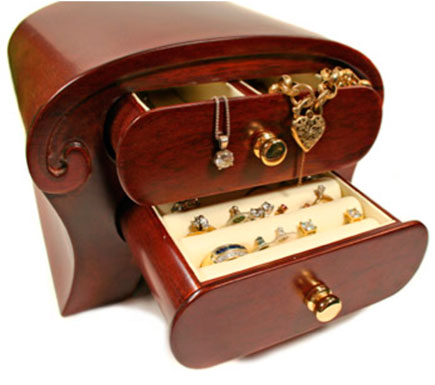 Organize Your Jewelry Box
Organize Your Jewelry Box Pearls- It's a Cultural Thing
Pearls- It's a Cultural Thing Soldering 101
Soldering 101 Starting Your Own Home Jewelry Business
Starting Your Own Home Jewelry Business The Art of Creating Chainmail
The Art of Creating Chainmail Why Should I Be Using Facebook
Why Should I Be Using Facebook Make Handmade Neck Cords on a Dime
Make Handmade Neck Cords on a Dime Tagging Handmade Jewelry Gifts
Tagging Handmade Jewelry Gifts Share Your Expertise with Your Community
Share Your Expertise with Your Community Creating Color Schemes for Jewelry Making
Creating Color Schemes for Jewelry Making Bronze, Brass, Nickel Silver and Copper Base Metals
Bronze, Brass, Nickel Silver and Copper Base Metals Gemstone Treatments
Gemstone Treatments How Wire is Made
How Wire is Made Beading A-B-C's
Beading A-B-C's How to Set Up Your Workspace
How to Set Up Your Workspace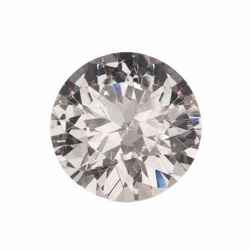 Gem Profile- Diamond
Gem Profile- Diamond Gem Profile- Peridot
Gem Profile- Peridot Gem Profile- Goldstone
Gem Profile- Goldstone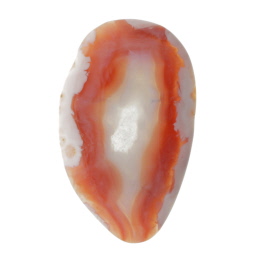 Gem Profile- Banded Agate and Brecciated Agate
Gem Profile- Banded Agate and Brecciated Agate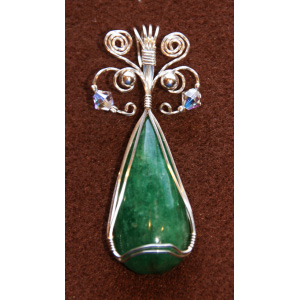 Gem Profile- Emerald
Gem Profile- Emerald Gem Profile- Titanite or Sphene
Gem Profile- Titanite or Sphene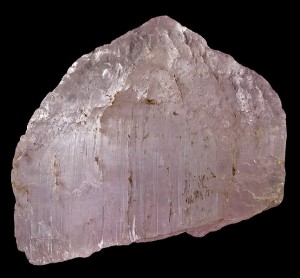 Gem Profile- Morganite
Gem Profile- Morganite Gem Profile- Desert Rose
Gem Profile- Desert Rose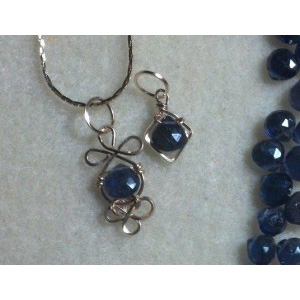 Gem Profile- Iolite
Gem Profile- Iolite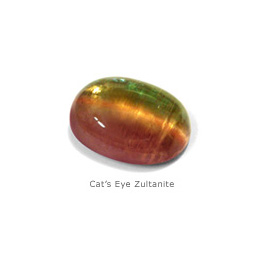 Gem Profile- Zultanite
Gem Profile- Zultanite Gem Profile- Maw Sit Sit
Gem Profile- Maw Sit Sit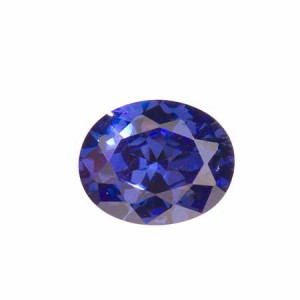 Gem Profile- Tanzanite
Gem Profile- Tanzanite Gem Profile- Aquamarine
Gem Profile- Aquamarine Gem Profile- Turquoise
Gem Profile- Turquoise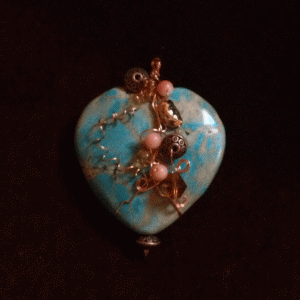 Gem Profile- Turquoise Types
Gem Profile- Turquoise Types Gem Profile- What's Druze
Gem Profile- What's Druze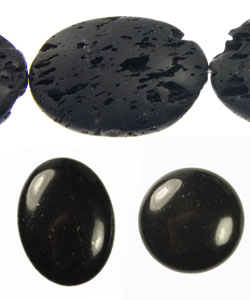 Gem Profile- Basalt
Gem Profile- Basalt Gem Profile- Fordite
Gem Profile- Fordite Gem Profile- Variscite
Gem Profile- Variscite Gem Profile- Pearls
Gem Profile- Pearls Gem Profile- Onyx
Gem Profile- Onyx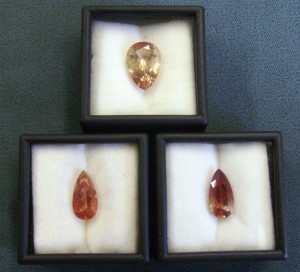 Gem Profile- Sunstone
Gem Profile- Sunstone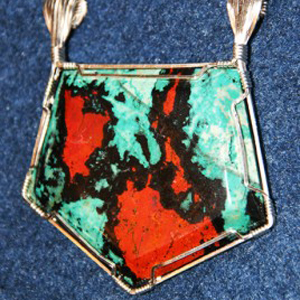 Gem Profile- Sonora Sunrise
Gem Profile- Sonora Sunrise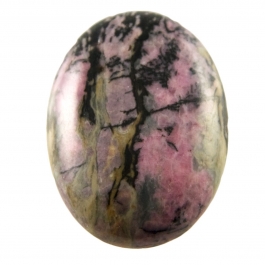 Gem Profile- Rhodonite
Gem Profile- Rhodonite Gem Profile- Glass, Crystal and Quartz
Gem Profile- Glass, Crystal and Quartz Gem Profile- Psilomelane
Gem Profile- Psilomelane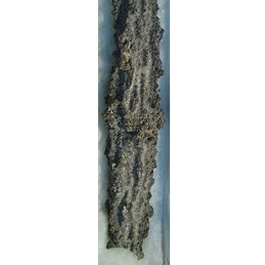 Gem Profile- Fulgurite
Gem Profile- Fulgurite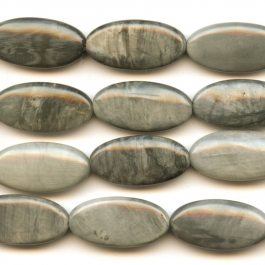 Gem Profile- Cat's Eye
Gem Profile- Cat's Eye Gem Profile- Carnelian
Gem Profile- Carnelian Gem Profile- Petoskey Stones and Indonesian Fossil Coral
Gem Profile- Petoskey Stones and Indonesian Fossil Coral Gem Profile- Rutilated Quartz
Gem Profile- Rutilated Quartz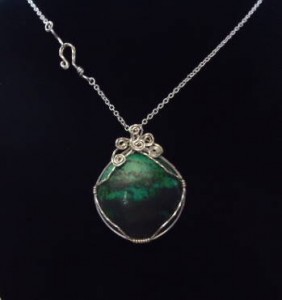 Gem Profile- Chrysocolla
Gem Profile- Chrysocolla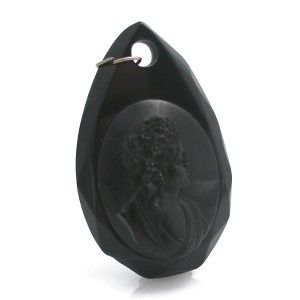 Gem Profile- Jet
Gem Profile- Jet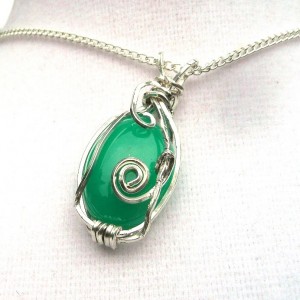 Gem Profile- Chrysoprase
Gem Profile- Chrysoprase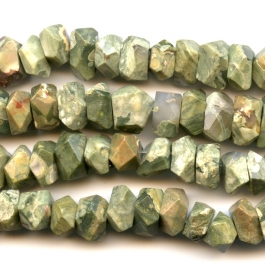 Gem Profile- Rhyolite
Gem Profile- Rhyolite Gem Profile- Chalcedony
Gem Profile- Chalcedony Gem Profile- Lepidolite and Sugilite
Gem Profile- Lepidolite and Sugilite Gem Profile- Unakite
Gem Profile- Unakite Gem Profile- Cowrie Shells, Conch Shells, and Drilling Shells
Gem Profile- Cowrie Shells, Conch Shells, and Drilling Shells Gem Profile- Mother of Pearl
Gem Profile- Mother of Pearl Gem Profile- Moss Agate and Plume Agate
Gem Profile- Moss Agate and Plume Agate Gem Profile- Thundereggs and Mexican Lace Agate
Gem Profile- Thundereggs and Mexican Lace Agate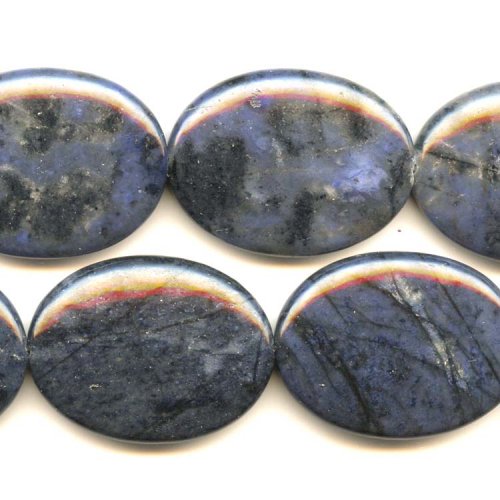 Gem Profile- Dumortierite
Gem Profile- Dumortierite Gem Profile- Apatite
Gem Profile- Apatite Gem Profile- Blue Topaz
Gem Profile- Blue Topaz Gem Profile- Aragonite
Gem Profile- Aragonite Gem Profile- Zircon and Cubic Zirconia
Gem Profile- Zircon and Cubic Zirconia Gem Profile- Topaz
Gem Profile- Topaz Gem Profile- Howlite
Gem Profile- Howlite Gem Profile- Sodalite
Gem Profile- Sodalite Gem Profile- Magnesite
Gem Profile- Magnesite Gem Profile- Cuprite
Gem Profile- Cuprite Gem Profile- Nuummite
Gem Profile- Nuummite Gem Profile- Bronzite
Gem Profile- Bronzite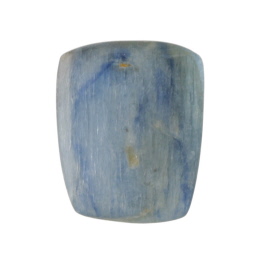 Gem Profile- Kyanite
Gem Profile- Kyanite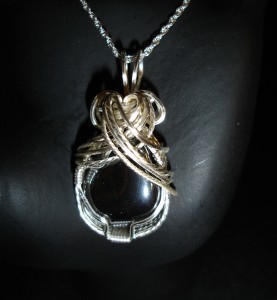 Gem Profile- Hematite
Gem Profile- Hematite Gem Profile- Derbyshire Blue John
Gem Profile- Derbyshire Blue John Gem Profile- Eilat Stone
Gem Profile- Eilat Stone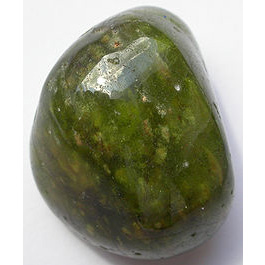 Gem Profile- Vesuvianite
Gem Profile- Vesuvianite Gem Profile- Strontium Titanate -Fabulite
Gem Profile- Strontium Titanate -Fabulite Gem Profile- Tourmaline
Gem Profile- Tourmaline Gem Profile- Larimar
Gem Profile- Larimar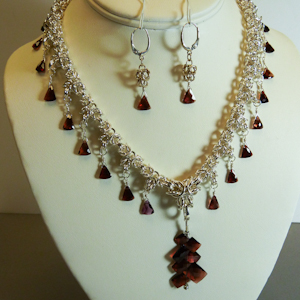 Gem Profile- Garnet
Gem Profile- Garnet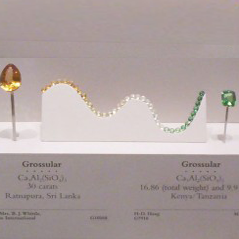 Gem Profile- Tsavorite and Green Garnets
Gem Profile- Tsavorite and Green Garnets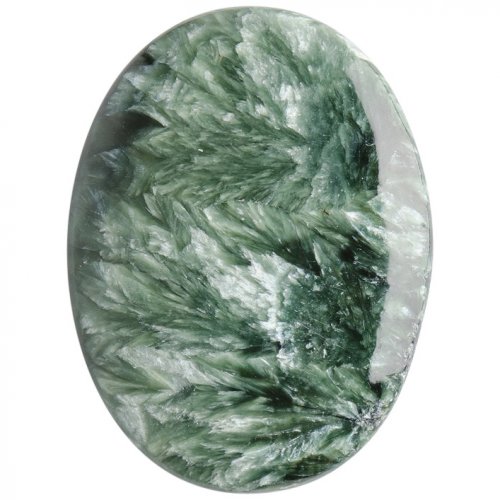 Gem Profile- Seraphinite
Gem Profile- Seraphinite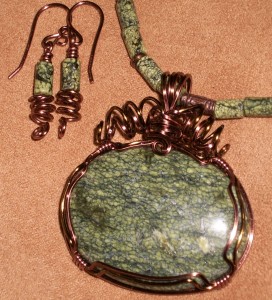 Gem Profile- Serpentine
Gem Profile- Serpentine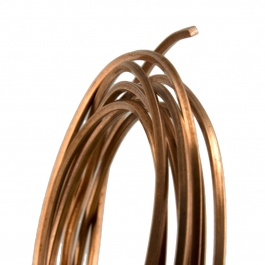 American Wire Gauge
American Wire Gauge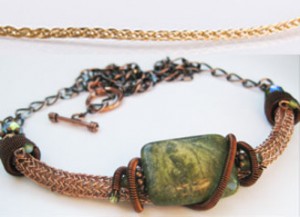 Viking Knit and Spool Knit Chain
Viking Knit and Spool Knit Chain Copper Roses
Copper Roses How to Make Medical ID Bracelets Special
How to Make Medical ID Bracelets Special Remembering the Fallen
Remembering the Fallen 6 Ways to Find Your Uniqueness in Jewelry
6 Ways to Find Your Uniqueness in Jewelry Gem Profile- Moissanite
Gem Profile- Moissanite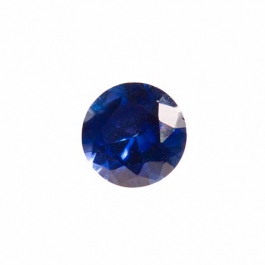 Birthstone Swarovski Colors
Birthstone Swarovski Colors Gem profile- Paua and Abalone
Gem profile- Paua and Abalone Tips for Tucson Shopping- Gem Show Secrets
Tips for Tucson Shopping- Gem Show Secrets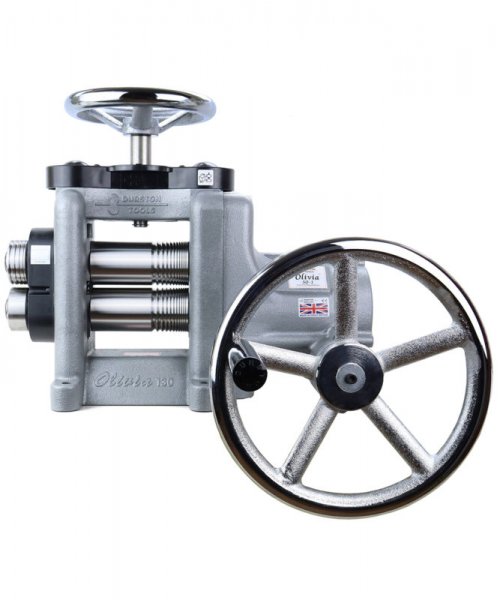 Durston Olivia Rolling Mills
Durston Olivia Rolling Mills How to Use a Jewelry Bench Polisher Effectively
How to Use a Jewelry Bench Polisher Effectively 
